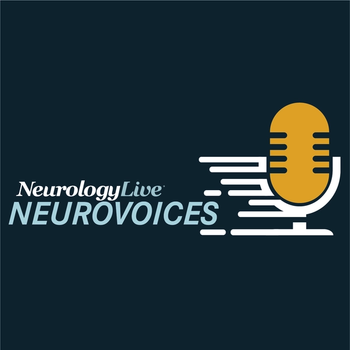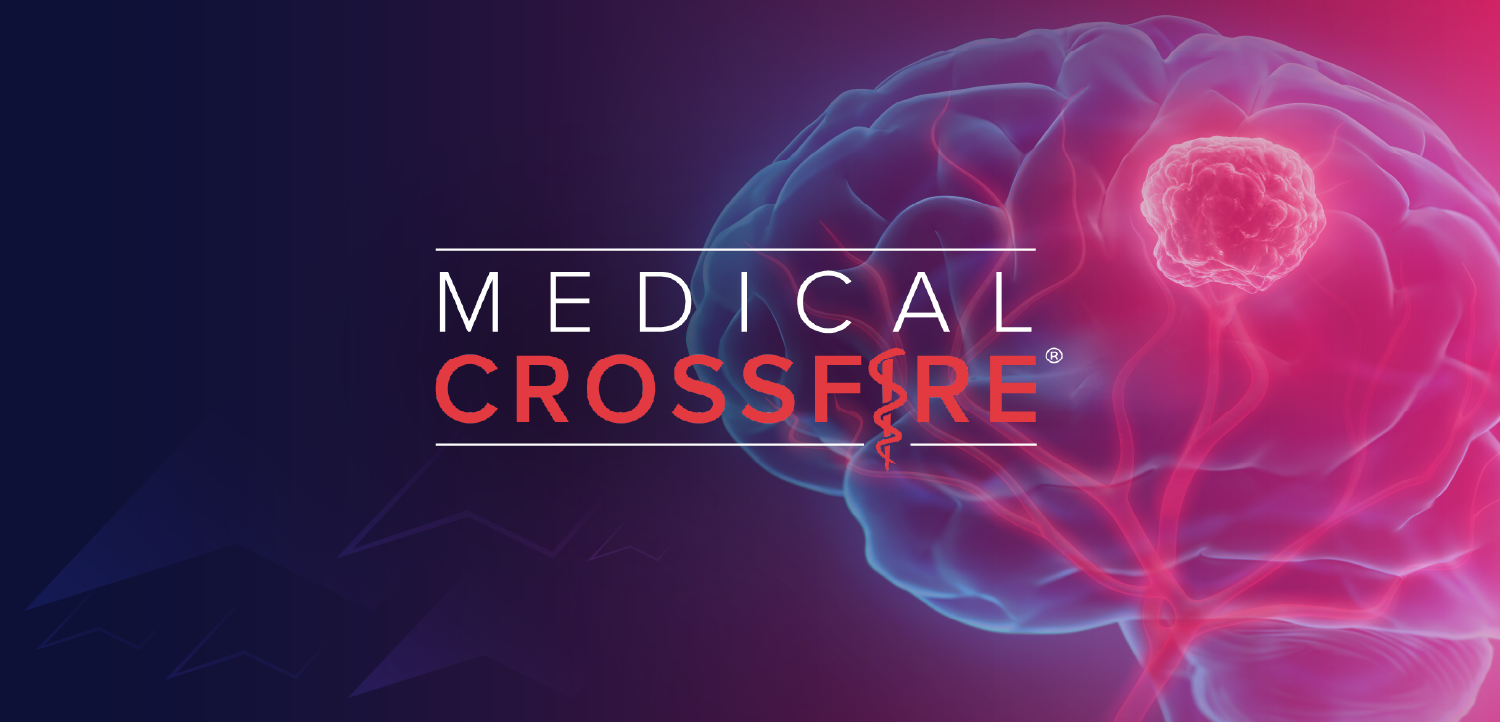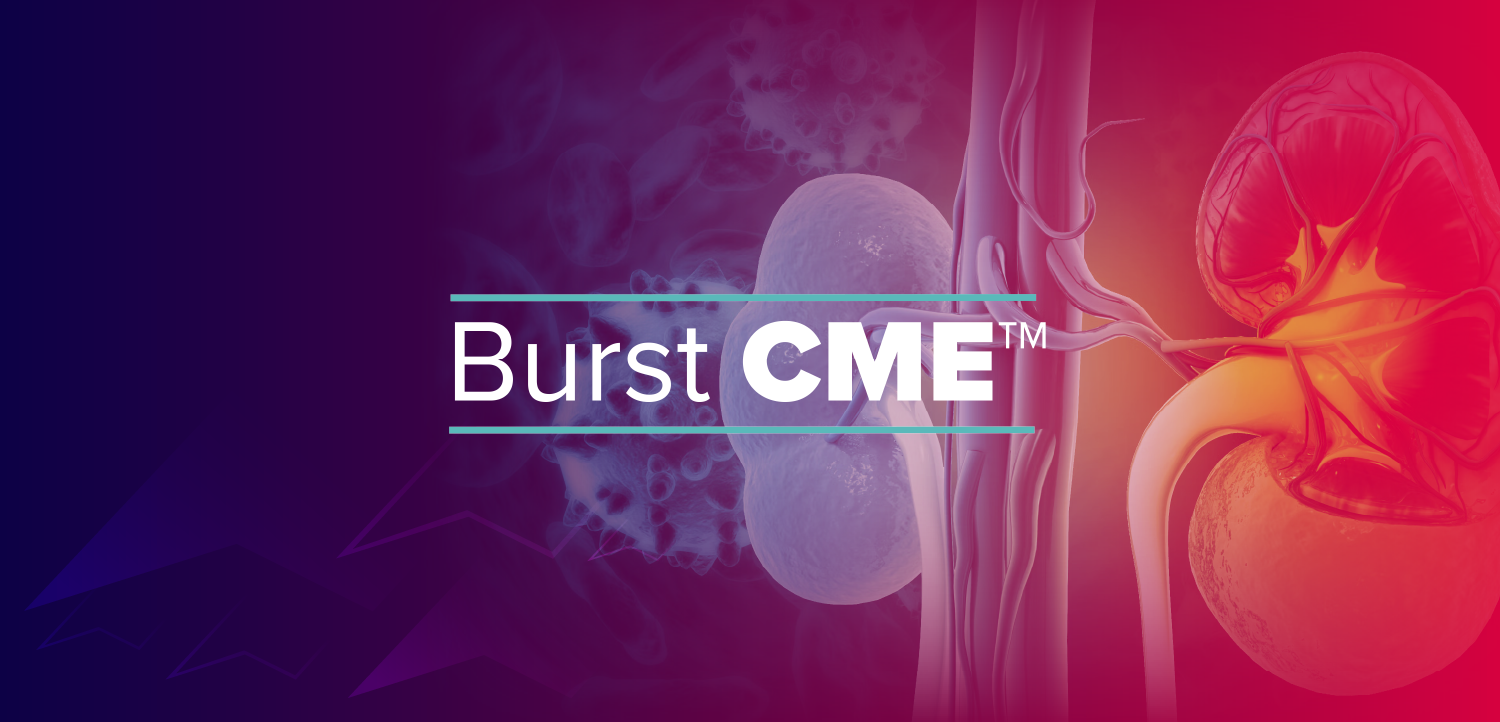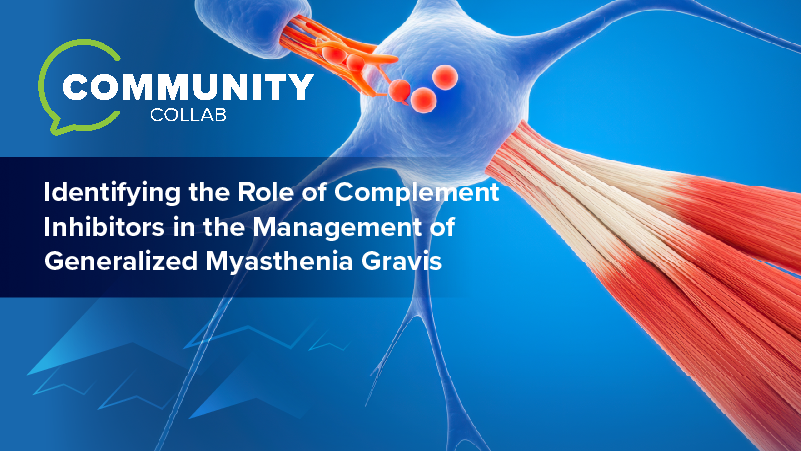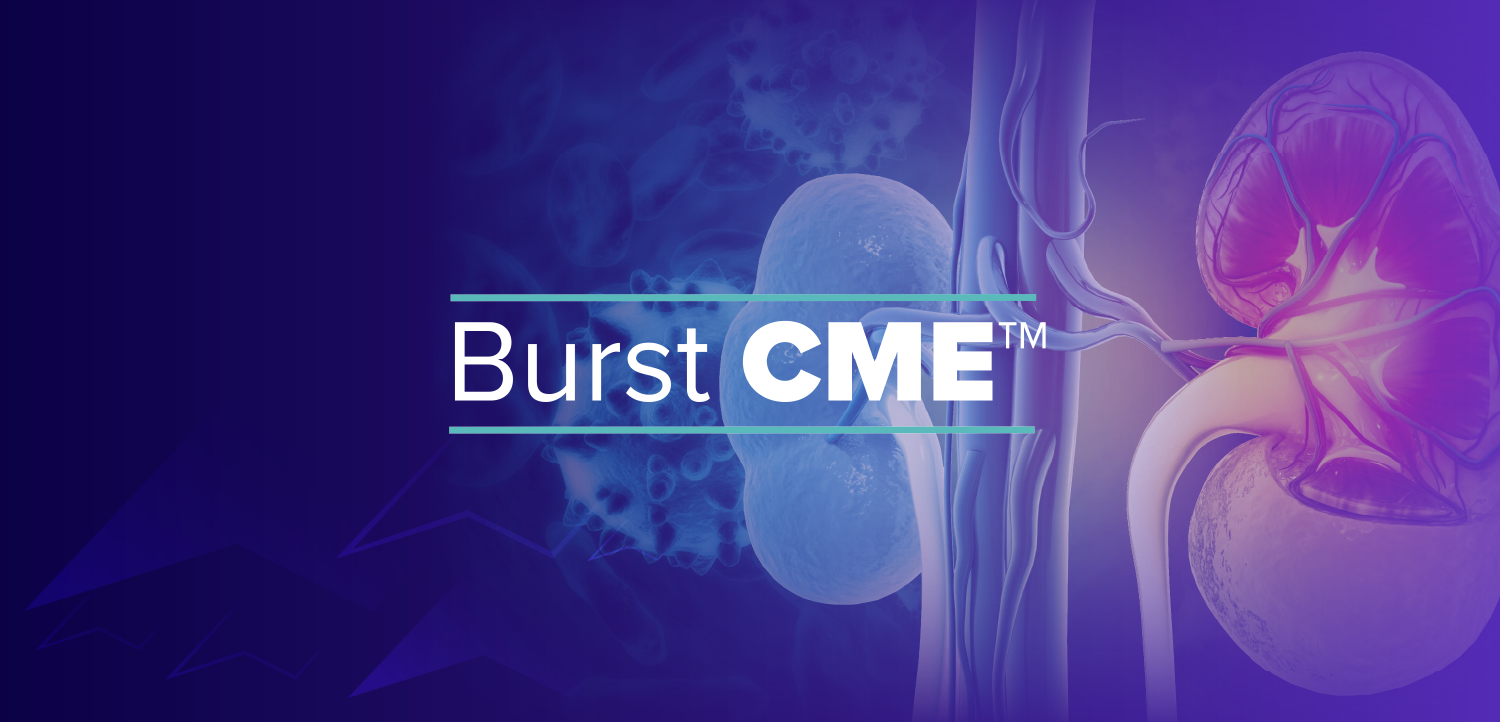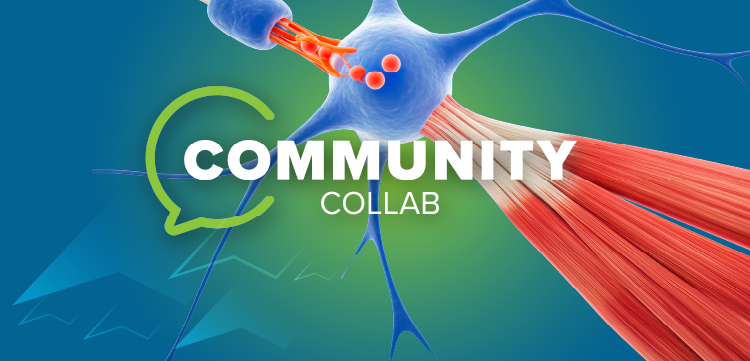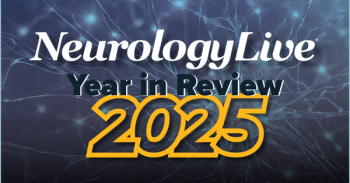
FDA Action Update, April 2025: Approvals, Expansion, and Authorization
Key Takeaways
- ZEISS Medical’s INTRABEAM 700 received FDA clearance for intraoperative radiation therapy, enhancing precision and workflow efficiency in neuro-oncology and breast cancer treatments.
- Efgartigimod's pre-filled syringe approval offers patients with generalized myasthenia gravis and CIDP greater convenience and flexibility for in-home administration.
Catch up on any of the neurology news headlines you may have missed over the course of April 2025, compiled all into one place by the NeurologyLive® team.
The FDA was busy in April 2025, making a number of decisions on potential new therapeutic agents including granting approvals, an clearance, an expanded indication, and an authorization.
With all the treatments that have progressed through the pipeline of clinical development, the NeurologyLive® team has been hard at work covering all the agency movements to make sure you are up to date on the latest news in neurology. To give you a chance to catch up on any of the headlines you may have missed over the course of the last month, we’ve compiled all the updates into one place. The coverage includes the latest FDA approvals, new designations, submissions and resubmissions, and clinical trial initiations and holds.
Click the read more buttons for more details and information about each update.
FDA Clears INTRABEAM 700 as Supportive Device for Intraoperative Radiation Therapy
Early in the month, on April 9, the FDA gave clearance to ZEISS Medical’s INTRABEAM 700, an advanced intraoperative radiotherapy (IORT) platform developed to deliver precise, low-energy X-ray radiation directly to tumor beds during surgery. It holds several different advantages in neuro-oncology, such as precision and control, reduced need for external radiotherapy, and workflow efficiency.1
Building upon ZEISS’s established INTRABEAM technology, this next-generation system integrates robotic-assisted precision, digital-first workflow efficiency, and seamless connectivity to enhance surgical procedures, particular in neuro-oncology and breast cancer treatments. A key feature of the INTRABEAM 700 is its robotic SMART Stand, which allows for both rapid and finely controlled movements, ensuring accurate applicator placement within the surgical cavity.
"Based on our established INTRABEAM platform, the newly developed ZEISS INTRABEAM 700 marks the next major step on our path to shaping the oncology workflows of tomorrow," Christian Schwedes, head of the Neuro- and Spine Surgery Sector at ZEISS, said in a statement.1 "It is especially designed for a precise, structured and risk-adapted treatment of brain tumors."
FDA Approves Pre-Filled Syringe Administration for FcRn Modulator Efgartigimod
A day later, on April 10, the FDA approved a new pre-filled syringe administration route for efgartigimod (Vyvgart; Argenx), a marketed medication for generalized myasthenia gravis (gMG) and chronic inflammatory demyelinating polyneuropathy (CIDP). With the decision, it offers patients greater convenience and flexibility, allowing in-home administration and reducing the number of time-consuming trips that typically come with intravenous (IV) infusions.2
A phase 1, randomized, open-label, parallel-group, single-dose, bioequivalence study tested the effects of SC efgartigimod, known as Vyvgart Hytrulo, via a pre-filled syringe against a vial + syringe presentation in healthy participants. Featuring 120 healthy adults aged at least 55, the study provided data supporting the efficacy, safety, and bioequivalence of the SC prefilled syringe administration route for efgartigimod.3
“Today’s FDA approval provides a new self-injection option across both approved indications in the U.S. that is designed for patients who seek more independence with their treatment,” Luc Truyen MD, PhD, chief medical officer, argenx, said in a statement.2 “We understand patients experience MG and CIDP in different ways, and our prefilled syringe is an important innovation that provides patients with more freedom and flexibility to self-administer VYVGART Hytrulo. Whether patients prefer to receive their treatment in a physician’s office, at home, or while traveling, they can experience treatment on their own terms and continue to benefit from VYVGART Hytrulo’s favorable safety profile and strong efficacy.”
FDA Approves CT-132 as First Digital Therapeutic for Preventive Treatment of Episodic Migraine
A few days later, April 15, the FDA made a major decision, approving Click Therapeutics’ CT-132 as the first prescription digital therapeutic for the preventive treatment of episodic migraine in adults. Approved through the De Novo pathway, the therapy is indicated for patients aged 18 years and older, intended for adjunctive use alongside acute and/or other preventive treatments for migraine.4
The medication’s approval was primarily based on data from 2, double-blind, decentralized randomized trials: the phase 3 ReMMi-D trial (NCT05853900) and the ReMMiD-C bridging study (NCT06004388). In its label, CT-132 carries no contraindications, and is not intended to be used as a standalone therapy. CT-132 does not replace or substitute other migraine treatments, and patients who opt for this digital therapeutic should continue their current treatment as directed.
"This marks a significant milestone for the more than 37 million adults in the US who live with migraine," Shaheen Lakhan, MD, PhD, FAAN, chief medical and scientific officer at Click, said in a statement.4 "As a groundbreaking digital therapeutic for migraine prevention, CT-132 offers eligible patients a new path to reducing the burden caused by migraine, one they can access anywhere via an evidence-based mobile application on their smartphone, significantly improving accessibility and expanding care to patients."
FDA Expands Diazepam Nasal Spray Indication to Treat Ages 2 to 5
A day later, on April 16, the FDA approved an expanded indication for diazepam nasal spray (Valtoco; Neurelis), now allowing its use in children ages 2 to 5 for the treatment of seizure clusters, also known as acute repetitive seizures. Previously approved for patients aged 6 and older, this update broadens access to an important rescue therapy for younger children experiencing recurrent seizures.5
Valtoco, a nasal spray formulation of diazepam, was
"The FDA's decision to approve VALTOCO for use in early childhood highlights the established balanced safety and efficacy profile," Eric Segal, MD, director of pediatric epilepsy at Northeast Regional Epilepsy Group and Hackensack University Medical Center, said in a statement.5 "VALTOCO fills a large unmet need for children with seizures and their families. I am hopeful that this product will improve quality of life for this specific population."
FDA Grants Authorization to Epiminder’s Implantable Continuous EEG Monitor for Epilepsy Treatment
About a week later, on April 22, the FDA granted De Novo authorization to Epiminder’s Minder, an implantable continuous electroencephalogram monitoring system (iCEM), marking it as the first device of its kind approved in the United States for patients with epilepsy. The device is expected to formally launch in the second half of 2025 through a phased rollout at leading epilepsy centers as part of the company’s strategy to demonstrate the system’s clinical utility.7
"We have worked constructively with the FDA over an extend period of time and we are very pleased that the FDA has approved Minder iCEM for the use in drug resistant epilepsy (DRE). The agency had previously designated Minder a breakthrough technology underscoring the importance of this innovation. The marketing authorization makes brings an important new tool to bear in managing drug resistant epilepsy," Rohan Hoare, PhD, CEO at Epiminder, told NeurologyLive® in a recent interview.
The decision was supported by data from the UMPIRE study, a multi-center, prospective, open-design, case-controlled trial conducted in Australian hospitals between 2019 and 2023. According to the company, Minder successfully captured high-quality EEG data over extended periods, including a continuous 5-year recording in 1 participant.8 Minder is designed to support more accurate diagnoses, improve therapeutic drug monitoring, and inform decisions around nondrug treatments such as surgery.
FDA Approves STS101 Nasal Powder as New Treatment for Acute Migraine
At the end of the month, on April 30, the FDA granted approval to Satsuma’s dihydroergotamine (DHE) nasal powder agent, STS101, marketed as Atzumi, as a new treatment for patients with acute migraine with or without aura.9
The company noted that the nasal powder is not indicated for the preventive treatment of migraine or for the management of hemiplegic migraine or migraine with brainstem aura. In addition, the most common adverse events (AEs) reported with the agent were rhinitis, nausea, altered sense of taste, application site reaction, dizziness, vomiting, somnolence, pharyngitis, and diarrhea.
"The approval of Atzumi is a milestone to celebrate, providing a new option for the acute treatment of migraine combining long-proven benefits of DHE with a patient-friendly and easy-to-use delivery system developed based on SNBL's novel intranasal drug delivery platform technology," Ryoichi Nagata, MD, PhD, FFPM, president and CEO at Satsuma, said in a statement.9 "We believe that Atzumi will contribute to improving the quality of life of patients struggling for relief from these highly disabling problems."
FDA Approves FcRn Blocker Nipocalimab for Broad Forms of Generalized Myasthenia Gravis
On the same day, on April 30, the FDA approved Johnson & Johnson’s nipocalimab, marketed as Imaavy, as a new treatment for adults and pediatric patients aged 12 years and older with generalized myasthenia gravis (gMG) who are anti-acetylcholine receptor (AChR) or anti-muscle-specific kinase (MuSK) antibody positive.10
Nipocalimab, an FcRn blocking therapy, is supplied as a 300 mg/1.62 mL and a 1200 mg/6.5 mL (185 mg/mL) single-dose vial per carton for intravenous injection. Before starting treatment, patients are advised to talk to their healthcare provider if they have ever had an allergic reaction to nipocalimab, have or had any recent infections or symptoms of infection, have recently received or scheduled to receive an immunization, and are pregnant, planning to become pregnant, or are breastfeeding.
"We consistently hear from individuals living with myasthenia gravis who are hopeful for new treatment options that may help bring greater stability, independence and predictability to their lives," Samatha Masterson, president and chief executive officer at Myasthenia Gravis Foundation of America, said in a statement.10 "Today's announcement provides another option which could help address the constant uncertainty and heavy physical and mental toll that MG symptom relapse presents to patients and their families."
REFERENCES
1. ZEISS receives FDA clearance for INTRABEAM 700. News release. ZEISS. April 9, 2025. Accessed May 7, 2025. https://www.prnewswire.com/news-releases/zeiss-receives-fda-clearance-for-intrabeam-700-302424427.html
2. argenx Announces FDA Approval of VYVGART Hytrulo Prefilled Syringe for Self-Injection in Generalized Myasthenia Gravis and Chronic Inflammatory Demyelinating Polyneuropathy. News Release. argenx. Published April 10, 2025. Accessed May 7, 2025. https://argenx.com/news/2024/argenx-announces-fda-approval-of-vyvgart-hytrulo-prefilled-syrin
3. A Phase 1 Bioequivalence Study of Efgartigimod PH20 SC Administered Via a Prefilled Syringe Versus a Vial+Syringe Presentation in Healthy Adults. Good Clinical Practice Network. Updated October 30, 2023. Accessed May 7, 2025. https://ichgcp.net/clinical-trials-registry/NCT05817435
4. Click Therapeutics Announces FDA Marketing Authorization for CT-132, the First Prescription Digital Therapeutic for the Preventive Treatment of Episodic Migraine in the United States. News release. Click Therapeutics. April 15, 2025. Accessed May 7, 2025. https://www.biospace.com/press-releases/click-therapeutics-announces-fda-marketing-authorization-for-ct-132-the-first-prescription-digital-therapeutic-for-the-preventive-treatment-of-episodic-migraine-in-the-united-states
5. NEURELIS ANNOUNCES FDA APPROVAL FOR IMMEDIATE USE SEIZURE MEDICATION VALTOCO® (DIAZEPAM NASAL SPRAY) IN AGES 2 TO 5. News release. Neurelis. April 16, 2025. Accessed May 7, 2025. https://www.prnewswire.com/news-releases/neurelis-announces-fda-approval-for-immediate-use-seizure-medication-valtoco-diazepam-nasal-spray-in-ages-2-to-5-302430066.html
6. Neurelis Announces FDA Approval for Seizure Rescue Treatment VALTOCO® (Diazepam Nasal Spray) that Incorporates the Science of Intravail® for Consistent and Reliable Absorption. News release. Neurelis Inc. January 13, 2020. Accessed May 7, 2025. prnewswire.com/news-releases/neurelis-announces-fda-approval-for-seizure-rescue-treatment-valtoco-diazepam-nasal-spray-that-incorporates-the-science-of-intravail-for-consistent-and-reliable-absorption-300985345.html
7. FDA Grants Authorisation for Minder®, the First and Only Implantable Continuous EEG Monitor Approved in US. News Release. Epiminder. Published April 22, 2025. Accessed April 23, 2025. https://epiminder.com/news/fda-authorisation
8. Epiminder Announces 5-Year Milestone of Long-Term Continuous EEG Monitoring Implant. News Release. Epiminder. Published November 25, 2024. Accessed May 7, 2025. https://epiminder.com/news/five-year-milestone
9. Satsuma Pharmaceuticals Announces U.S. FDA Approval for Atzumi™ (Dihydroergotamine) Nasal Powder for the Acute Treatment of Migraine. News Release. Published April 30, 2025. Accessed May 7, 2025. https://investors.satsumarx.com/2025-04-30-Satsuma-Pharmaceuticals-Announces-U-S-FDA-Approval-for-Atzumi-TM-Dihydroergotamine-Nasal-Powder-for-the-Acute-Treatment-of-Migraine
10.Johnson & Johnson receives FDA approval for IMAAVY™ (nipocalimab-aahu), a new FcRn blocker offering long-lasting disease control in the broadest population of people living with generalized myasthenia gravis (gMG). News release. Johnson & Johnson. April 30, 2025. Accessed May 7, 2025. https://www.prnewswire.com/news-releases/johnson--johnson-receives-fda-approval-for-imaavy-nipocalimab-aahu-a-new-fcrn-blocker-offering-long-lasting-disease-control-in-the-broadest-population-of-people-living-with-generalized-myasthenia-gravis-gmg-302442650.html
Newsletter
Keep your finger on the pulse of neurology—subscribe to NeurologyLive for expert interviews, new data, and breakthrough treatment updates.



